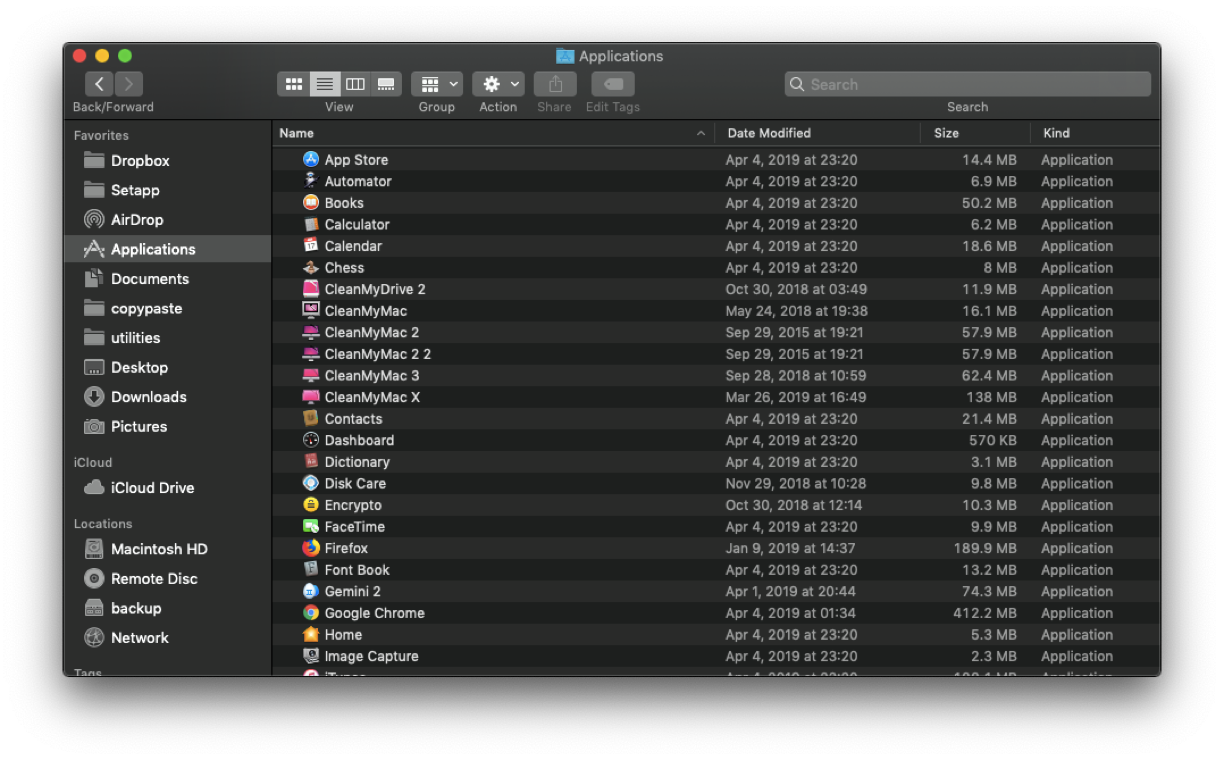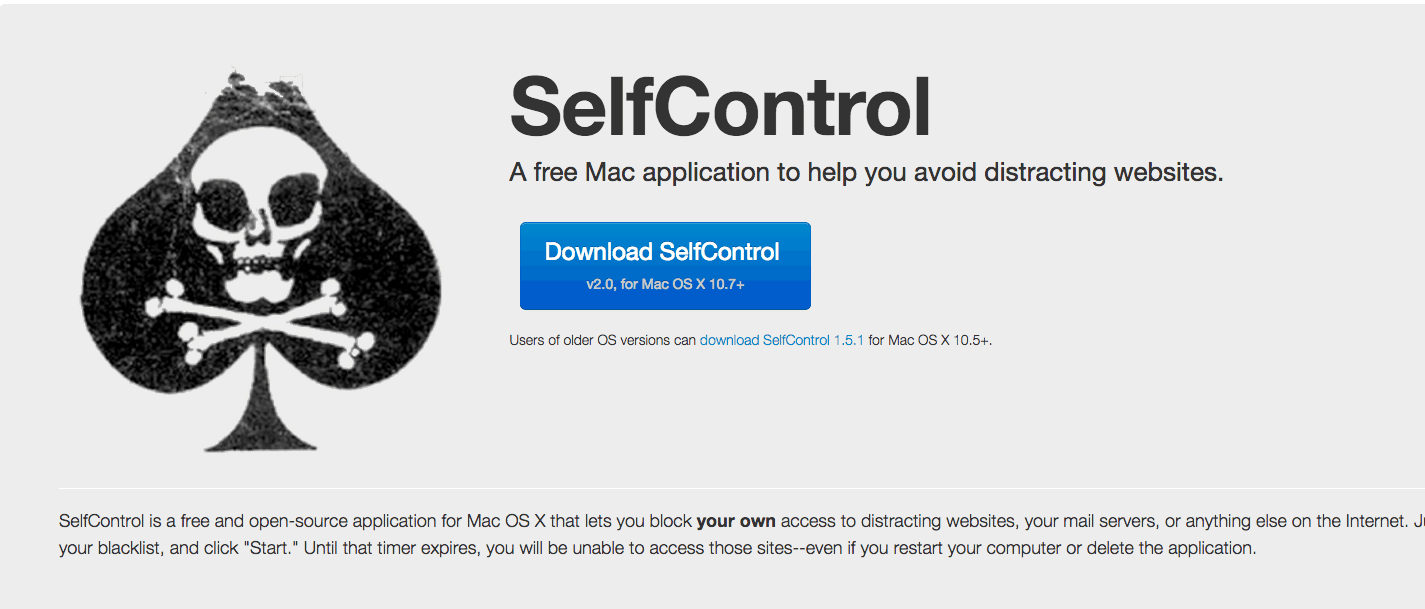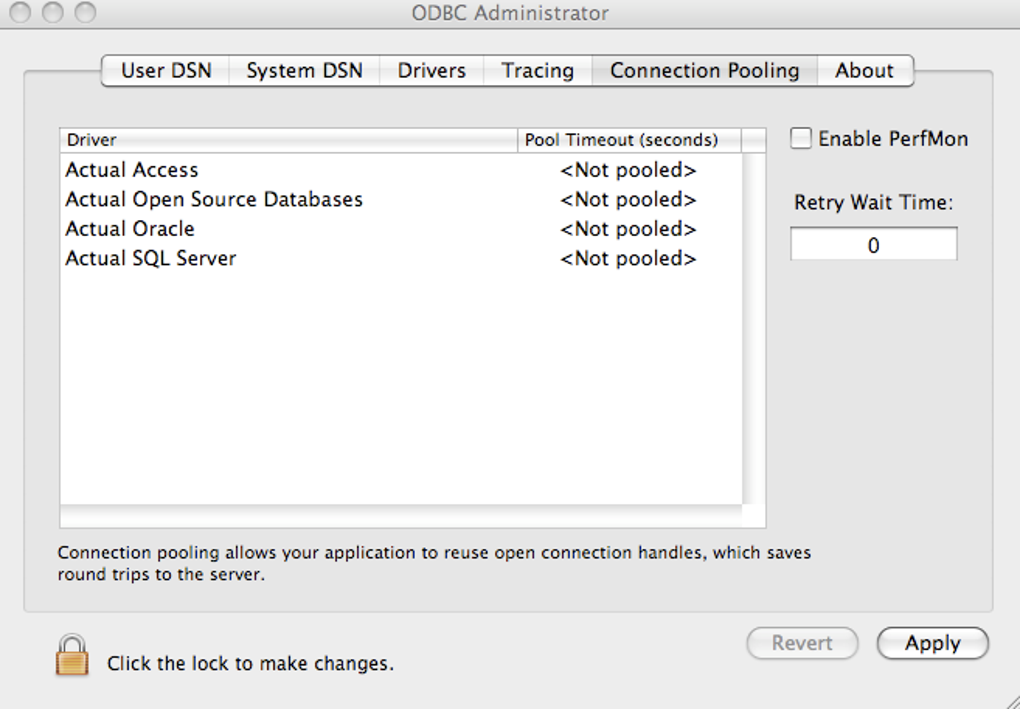File Maker Pro
- When you install the Microsoft OneDrive sync app for Mac, a copy of your OneDrive is downloaded to your Mac and put in the OneDrive folder. This folder is kept in sync with OneDrive. If you add, change, or delete a file or folder on the OneDrive website, the file or folder is added, changed, or deleted in your OneDrive folder and vice versa.
- Office 2016 for Mac is sandboxed. Unlike other versions of Office apps that support VBA, Office 2016 for Mac apps are sandboxed. Sandboxing restricts the apps from accessing resources outside the app container. This affects any add-ins or macros that involve file access.
FileMaker is probably the best known database application for the Mac. It has a feature set comparable to Microsoft Access, but with a strong focus on forms (layouts) as the primary way of accessing databases. Similar to Access, FileMaker stores your database logic and all the data in a single file. It also has some support for scripting, and offers options for publishing databases on the web.
The easiest way to create great-sounding songs on your Mac. With an intuitive interface and access to a complete sound library, it’s never been easier to learn, play, record, and share music like a pro. Learn more about GarageBand. The Mac App Store features rich editorial content and great apps for Mac. Explore the Mac App Store. Access is an easy-to-use tool for creating business applications, from templates or from scratch. With its rich and intuitive design tools, Access can help you create appealing and highly functional applications in a minimal amount of time. Tailor your custom apps to your business and your customers. Alternatives to Microsoft Access on the Mac File Maker Pro. FileMaker is probably the best known database application for the Mac. It has a feature set comparable to Microsoft Access, but with a strong focus on forms (layouts) as the primary way of accessing databases.
However, it's also necessary to note that FileMaker is very different from Access. There is a strict distinction between application logic and the underlying tables in Access. In FileMaker, logic and data are more closely linked. The underlying tables are more or less hidden from the user, and not as easily accessible via SQL as in Access.
Bento
Bento was the entry level database application from the makers of Filemaker. Unfortunately it has been discontinued in July 2013 and is no longer available for purchase.
Open Office / Libre Office
Open Office and Libre office include a database application that tries to mimic Microsoft Access. It is difficult to use and misses many important features, such as simple import/export tools.

SQLite (using Base)
SQLite is not a full database application like Access. There are no forms or reports in SQLite, there's only your data and a simple, fast SQL engine. SQLite is used by many applications under the hood as an internal format and therefore most interesting to application developers.
A command line utility for SQLite 3 is included with every Mac, aptly named sqlite3. Most people will however prefer working with a graphical application like the excellent Base from Menial (available on the Mac App Store). Base offers a simple interface for viewing tables (with support for images) and creating custom SQL queries.

Apple Numbers and Microsoft Excel
Numbers and Excel are spreadsheet applications and thus not a replacement for Microsoft Access. However, they have good support for working with tables. If your database consists of only few tables and no forms, these apps might just do the trick. You can at least sort and filter your tables.
Converting Access Databases to Apple Numbers with MDB Viewer
Converting Access Databases to Microsoft Excel with MDB Viewer

Microsoft Access in Parallels / VMWare
If none of the above are suitable, you can always ressort to actually running Microsoft Access on your Mac using virtualisation software like Parallels Desktop or VMWare Fusion.
How to find the Applications folder on a Mac? It is relatively straightforward.
Free Applications For Mac
Either to go the top-level Finder menu, then along to the Go dropdown.
Scroll down and click on Applications. This should open a folder containing the files and shortcuts of every app you’ve ever downloaded or own/use by default.
Access Application Files Mac
Other ways to access the folder include running a Spotlight or Siri search, or accessing it using any keyboard or mousepad shortcuts you've got in place.
Now, within this folder, you should be able to find every app you’ve ever downloaded. Only native macOS apps can’t be removed. But everything else is easy to delete. If your Mac isn’t performing as good as it once did, take the time to go through and drag into Trash anything that is taking up space you’d prefer to reassign to something else.
Find your Application folder via Launchpad
There are two kinds of Mac users: one kind prefer Finder, others trust in Launchpad. Launchpad is a classic Mac feature and is worth praise for its looks alone. You can find and delete your apps right from there.
Launchpad trick: Can you make your apps dance?
When you click on the Launchpad icon in the Dock you will see your apps and your widgets.
Hold the Command key and click on any app — the apps will start shaking
Click on the hovering [X] to delete any app you want

Ibm Client Application Access For Mac
How to find hidden Applications

As a matter of fact, some of your apps don't show up in either Finder or Launchpad. Such apps could be small supporting programs or intentionally stealth software. But as the saying goes, there's no lock without a key. There are tools to see your hidden apps and folder and some are even free to download, like CleanMyMac X by MacPaw.
This highly popular tool comes with a tool called 'Space Lens.' This is another way to find your Applications folder if you don't like browsing the Finder. With its help, you can visualize your entire storage and uncover all your files and folders.
- Download CleanMyMac X (get it for free here) and launch the app.
- Choose Space Lens.
- Click Run to build your storage map.
- Choose Applications folder.
Occasionally, a Mac user can lose or misplace a folder from where it was situated in the Finder sidebar - and some will also place this folder in the Dock. Here is how you can put the folder back where it belongs.
How to restore a missing Applications folder?
- Go to the Finder menu.
- Select Preferences.
- Choose the Sidebar tab within Preferences.
- Re-check the option to show Applications in the Finder Sidebar.
- Now it should show up again in the Finder Sidebar and Dock.
Access For Mac Os
With access restored, it should be easier to manage the applications you need - and those you don't - in your Mac.
Remote Access Application For Mac
I hope you find this article useful. Thanks for reading!
